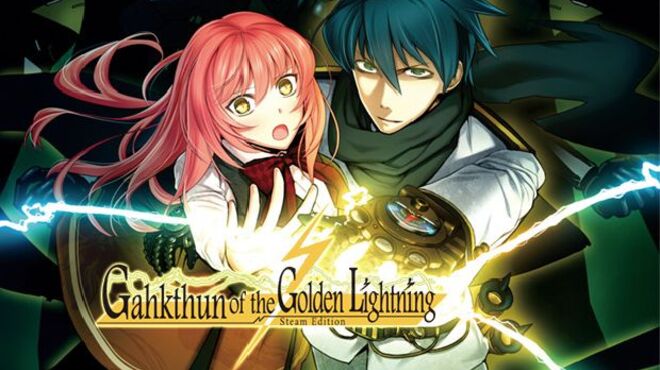
From the imagery she uses (roses, the spiral staircase), the episodic structure of her stories – even the whole plot of Gahkthun is one long reference to Utena‘s Black Rose arc – the show’s influence on her work is so heavy that having watched Utena will help a lot in appreciating how she writes. I bring this up because of one of the biggest influences in Hikaru Sakurai’s writing style: Revolutionary Girl Utena. I use the word “protagonist” lightly, because a peculiarity of Sakurai’s writing style is that she switches between first person and third person very often, and there’s no single viewpoint character – after all, everyone is the protagonist of their own story. For most of the game, the protagonist is Neon, Tesla’s assistant whom he bought for 30 silver coins at the start of the game. If you paid attention to this game because of Nikola Tesla, you might be disappointed to find out that he isn’t the protagonist of this game, though you do get to see him be cool and dreamy with his copypasta and his mech.
Ourai no gahkthun erogame series#
Fans of the series will likely appreciate the small threads that connect Sakurai’s works. There are nods here and there to previous games, such as Izumi possibly being from Inganock, a vague connection between Tesla and the events of Manhattan, and Keziah worshipping the Black King. Many elements of the previous Steampunk games – the golden eyes, the Society, the Cracking Effect, Kadath, and Engine Technology – reappear in Gahkthun. Though I’ve barely even read any of the works referenced in Gahkthun (other than Lovecraft), having familiarity with the referenced characters will likely add a different dimension of enjoyment to the story. Nikola Tesla notwithstanding, people such as Emilie du Chatelet, Wilhelm Reich, and Louis XVII all make an appearance alongside characters like Jo and Amy March, Keziah Mason, and some more obscure references like Bertha Maurie Wiegert. Gahkthun, being set on alternate history Earth, has a cast largely based on real-world and fictional personalities from the 18th to 20th centuries.

The Steampunk Series is set in two worlds – Kadath, the distant world whose gate can be found in the far seas to the north of England, and a different version of our world which came into contact with Kadath. Thankfully, there’s a glossary so that the details of the setting don’t just fly over the new players’ heads. As a story, it stands enough on its own, though there are a lot of references to the previous Steampunk games. Although I said that this is the sixth entry to the Steampunk Series, there’s nothing wrong with starting from Ourai no Gahkthun. Thus begins Ourai no Gahkthun, the sixth entry to Hikaru Sakurai’s Steampunk Series. I will, with these hands, save all of you.”Īt the top of Chateau d’If, the Bell of Gahkthun rings in celebration. My hundred thousand friends who have been cursed by Fate. Students of the Marseille Offshore Academia. Proud and haughty, on his first day he declares to everyone in his classroom: In the middle of April 1908, for the first time in the school’s history, a transfer student arrives. As she looks at the summit with her golden eyes, what will she wish for? It is whispered that at its summit, there is a bell that grants the wish of any student. Overworked, fatigued, and helplessly lonely, she looks up to the tower Chateau d’If. Every night, she works as a helper at a restaurant until right before dawn. It is a bustling city with its own culture, founded solely by the students who live and study within its walls.Ī young lady – a poor student of the Academia – once again goes to her job at the Dropout District.

In the Kingdom of France lies the Marseille Offshore Academia – a city of learning which stands on an artificial island. As a result, the once-blue skies are now shrouded in grey, and the once-clean oceans are dyed with a putrid black. Exported from the faraway world of Kadath, the Engines started a technological revolution – all the world’s great cities have embraced this new technology. The 20th century had only started – the age of steam-powered Engines holds a lot of promise for Europe.


 0 kommentar(er)
0 kommentar(er)
